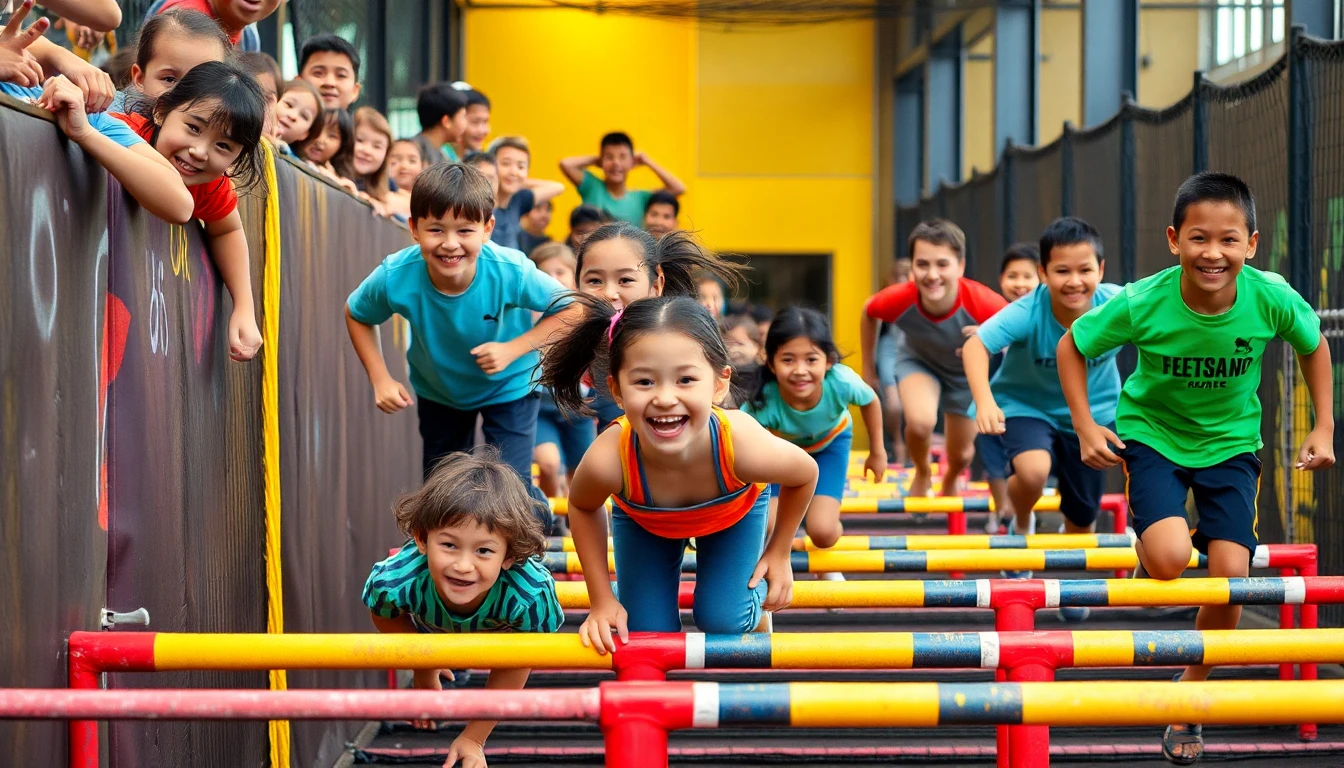
If you’ve ever watched kids (or adults!) light up with excitement at the sight of an obstacle course, you know just how powerful these activities can be. As a parent, teacher, or fitness enthusiast, I’ve seen firsthand how obstacle courses bring out the best in people laughter, teamwork, creativity, and a healthy dose of friendly competition. Whether you’re planning a backyard adventure, a school event, or a team-building day at work, this guide is packed with real-world tips and ideas to help you create an unforgettable obstacle course experience for any age.
What I love most about obstacle courses is their flexibility. You don’t need fancy equipment or a huge space just a little imagination and a willingness to have fun. In this article, I’ll share practical advice on planning, safety, and adapting challenges for different ages and abilities. You’ll find ideas for indoor and outdoor courses, activities for preschoolers, and even obstacle games that adults will love. Let’s get started and turn any space into a playground of adventure!
Planning Your Perfect Obstacle Course: What Really Matters
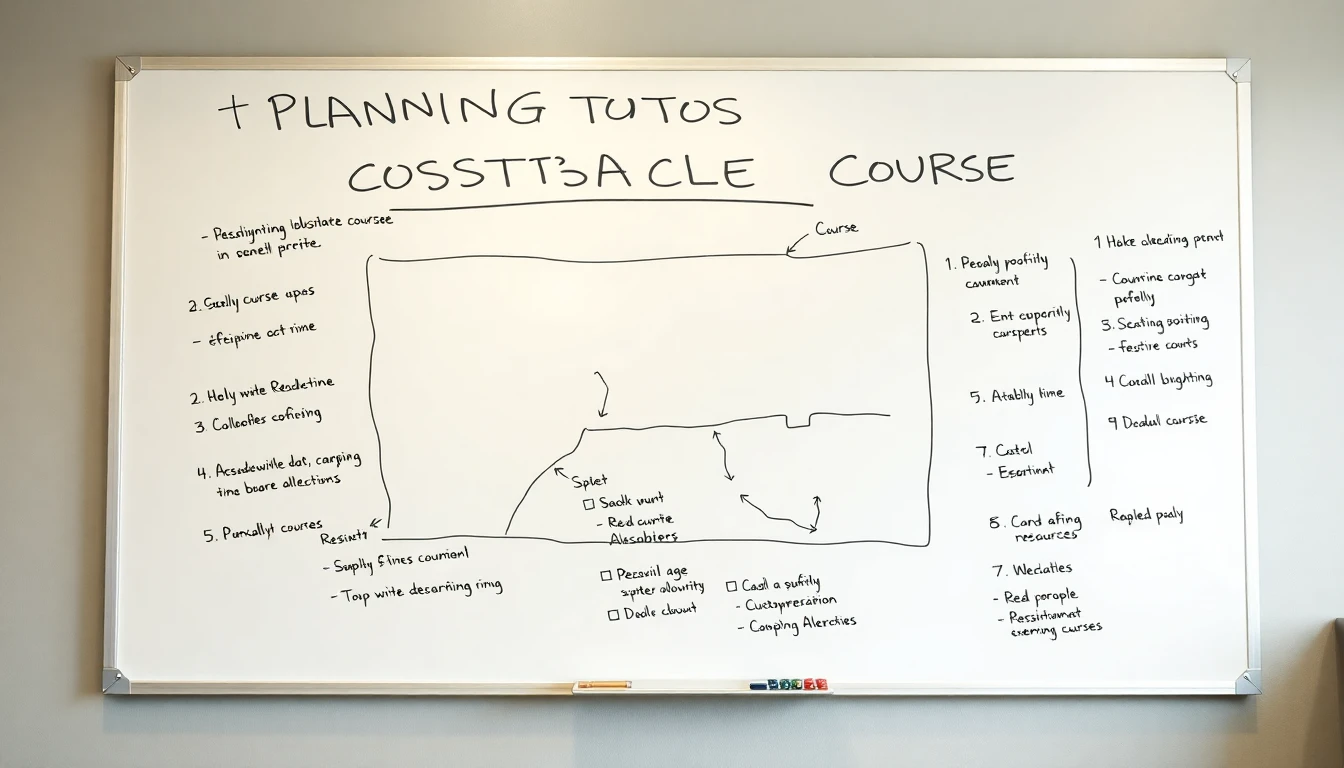
Over the years, I’ve learned that a little planning goes a long way. Before you start setting up cones and crawling tunnels, take a moment to think about these essentials:
- Safety First: Always check your space for hazards no sharp edges, slippery spots, or unstable equipment. Use soft mats or padding where needed, and keep a first-aid kit handy. Set clear rules and boundaries, and make sure everyone knows how to use the obstacles safely.
- Know Your Audience: Are you designing for preschoolers, teens, or adults? Tailor the difficulty and type of obstacles to match their age and abilities. Younger kids need simple, confidence-boosting challenges, while older kids and adults can handle more complex, physically demanding tasks.
- Use What You Have: Look around chairs, tables, ropes, hula hoops, and even laundry baskets can become part of your course. Outdoor spaces offer even more options, from trees to playground equipment.
- Set Your Goals: Is your main aim fitness, teamwork, or just pure fun? Choose obstacles that help you meet those goals, whether it’s a relay race for team spirit or a balance beam for coordination.
Remember, the best obstacle courses are the ones that get everyone moving, laughing, and working together!
Obstacle Course Activities for Preschoolers: Learning Through Play
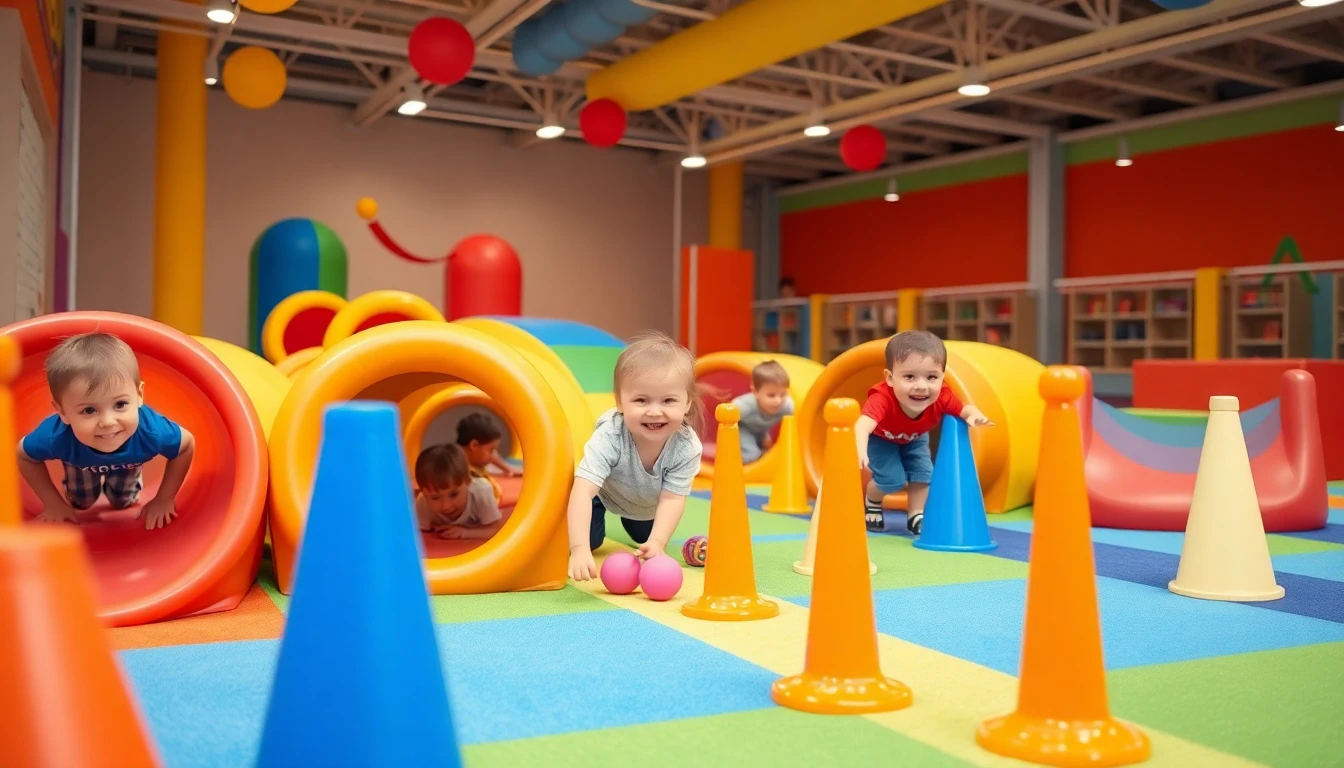
Preschoolers are bundles of energy and curiosity! I’ve found that simple, colorful obstacle courses are a fantastic way to help little ones develop motor skills, balance, and confidence. Here are some tried-and-true ideas:
- Tunnel Crawl: Use a play tunnel or make one with blankets and chairs. Crawling helps with coordination and spatial awareness.
- Beanbag Toss: Set up buckets or hoops for tossing beanbags. Great for hand-eye coordination!
- Balance Beam: A low beam or even a line of tape on the floor works wonders for balance.
- Hurdle Hop: Soft blocks or cones make perfect hurdles for jumping over.
- Crawl Under/Over: Drape a sheet over chairs for a tunnel, or use a sturdy table to crawl over.
- Step-Over Cones: Line up cones or soft toys for kids to step over, building balance and focus.
Always supervise closely, keep instructions simple, and celebrate every little victory. Add music or a story theme to make it even more magical!
Indoor Obstacle Course Ideas for Rainy Days
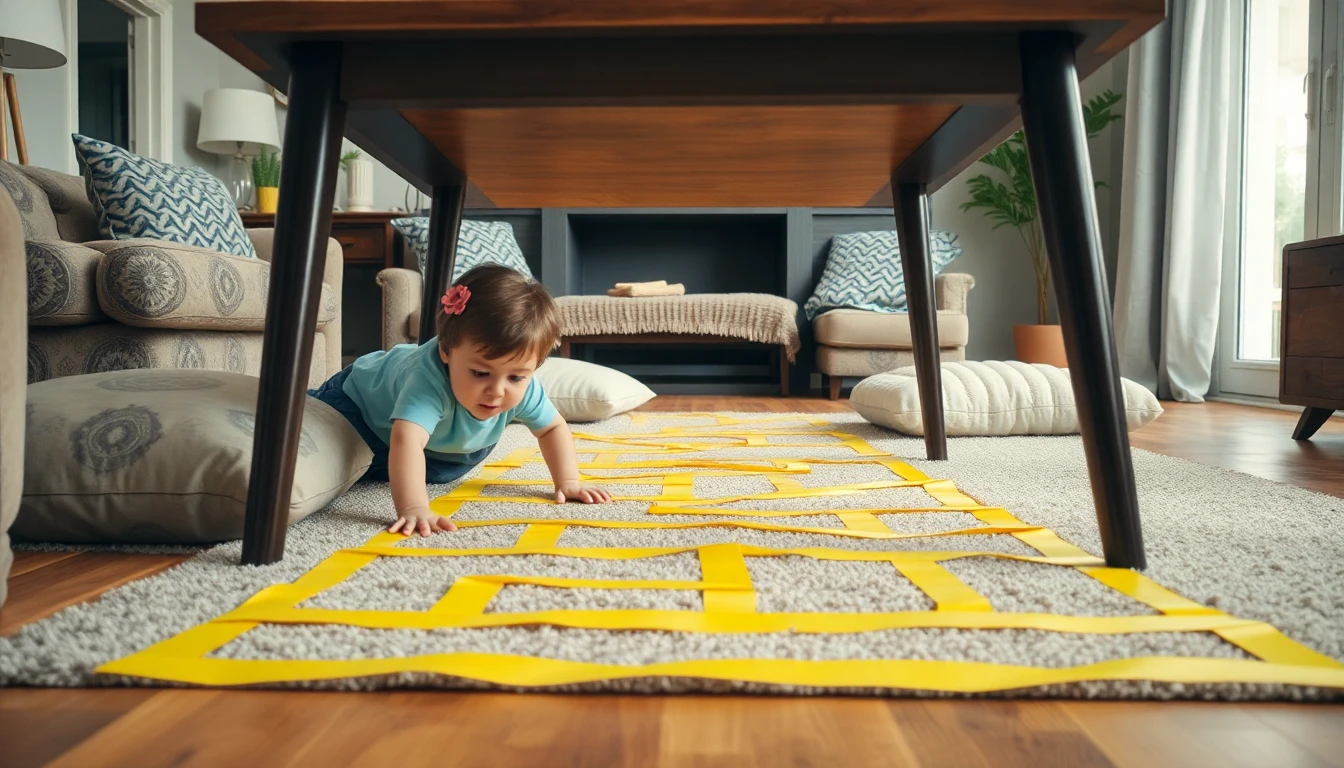
Don’t let bad weather stop the fun! Some of my favorite family memories are from rainy days spent building indoor obstacle courses. Here are a few easy ideas:
- Pillow Mountain: Stack pillows for kids to climb over.
- Tape Maze: Use masking tape to create a path or maze on the floor.
- Crawl Under/Over Furniture: Use chairs and tables for crawling challenges.
- Tunnel Vision: Make a tunnel with blankets and chairs.
- Laser Beam Hallway: Tape streamers or yarn across a hallway for kids to weave through.
- Balloon Volleyball: Hang a string for a net and use a balloon for a safe, fun game.
- Sock Toss: Toss rolled-up socks into a laundry basket.
Always check for safety no sharp corners or slippery floors. Let kids help design the course for extra excitement!
Obstacle Challenge for Kids at Home: Simple & Engaging
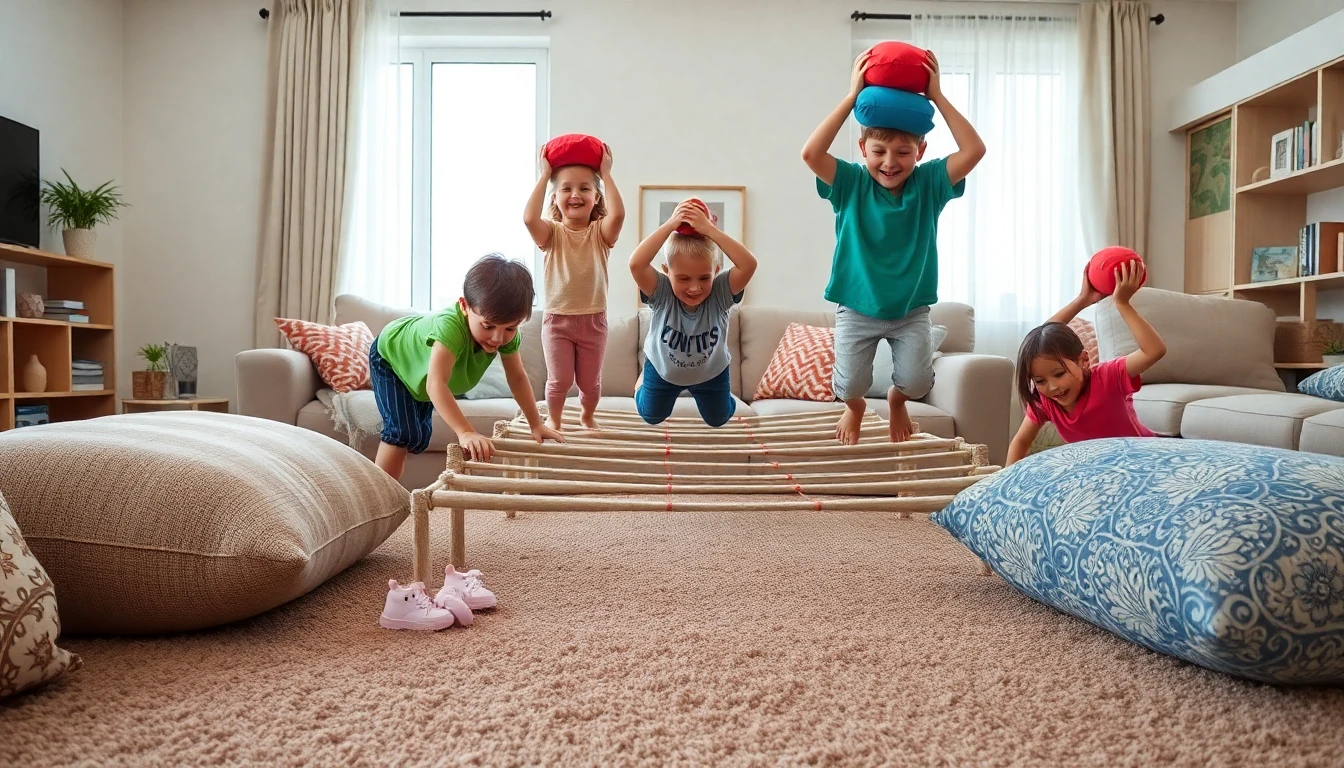
You don’t need a big backyard or fancy gear to create a memorable obstacle course at home. Here’s how I keep my kids active and entertained indoors:
- Cushion Jump: Lay out cushions for kids to leap across.
- Laundry Basket Sleigh Ride: Pull kids around in a laundry basket (on a soft surface, of course!).
- String Maze: Create a maze with string or yarn for kids to navigate.
- Hula Hoop Challenge: See who can hula hoop the longest.
- Simon Says: Add Simon Says commands to the course for a listening twist.
- Beanbag Balance: Balance a beanbag on your head while walking a path.
- Animal Walk: Move like a bear, crab, or frog between obstacles.
Safety first clear the area, pad sharp edges, and supervise. Let your kids’ creativity lead the way!
Outdoor Obstacle Course Ideas: Nature’s Playground
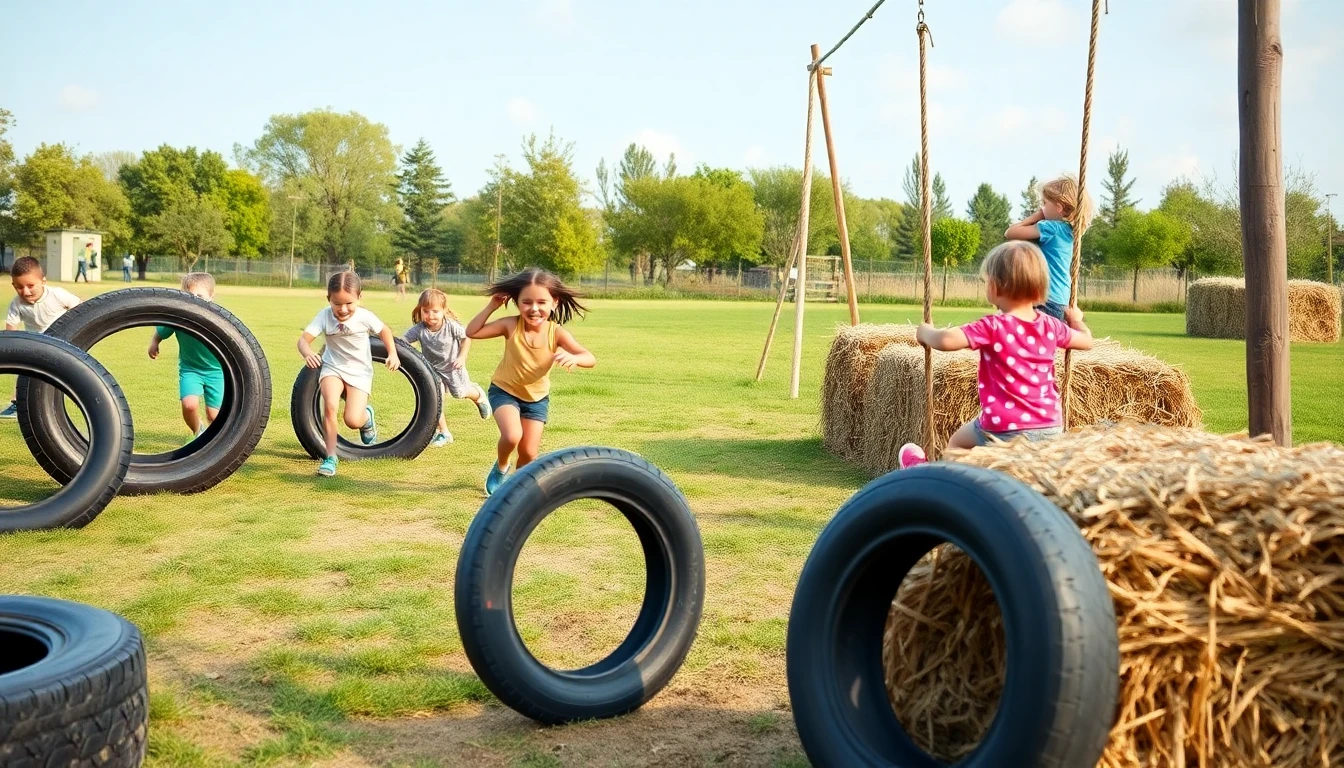
There’s nothing like fresh air and open space for an epic obstacle course! Whether you’re in a backyard, park, or school field, here are some outdoor favorites:
- Log Balance Beam: Use a sturdy log or plank for balancing.
- Tire Run: Line up old tires for a classic agility run.
- Rope Swing: Hang a rope from a tree for swinging fun.
- Water Balloon Toss: Add a splashy challenge on hot days.
- Mud Crawl: For the brave set up a mud pit to crawl through!
- Hay Bale Climb: Stack hay bales for climbing and jumping.
- Nature Scavenger Hunt: Mix in a hunt for leaves, rocks, or flowers as part of the course.
Always check the area for hazards and supervise closely. Outdoor courses are perfect for building strength, coordination, and a love for nature.
Obstacle Course Games for Adults: Fitness, Fun & Teamwork

Who says obstacle courses are just for kids? Some of the best team-building and fitness moments I’ve seen have come from adult obstacle course games. Whether you’re organizing a corporate event, a fitness challenge, or just a fun day with friends, here are some ideas to get everyone moving:
- Wall Climb: Build a sturdy wall for climbing over.
- Rope Climb: Hang a rope for a strength challenge.
- Tire Flip: Use large tires for flipping competitions.
- Cargo Net Crawl: Set up a cargo net for crawling under or over.
- Puzzle Challenge: Add a mental challenge that requires teamwork to solve.
- Balance Beam: Use a higher beam or slackline for advanced balance.
- Weight Carry: Carry sandbags or medicine balls over a set distance.
Always prioritize safety check equipment, explain rules, and encourage teamwork. Offer modifications for different fitness levels so everyone can join in and feel accomplished.
The real magic of adult obstacle courses is in the laughter, encouragement, and sense of achievement that comes from working together and pushing your limits.
Frequently Asked Questions
1. What are the benefits of obstacle courses for kids and adults?
Obstacle courses help improve physical fitness, coordination, problem-solving skills, and teamwork. They also boost confidence and provide a fun way to stay active for all ages.
2. How can I make a safe obstacle course at home?
Always check your space for hazards, use soft materials for padding, and supervise participants closely. Choose age-appropriate challenges and set clear rules to ensure everyone’s safety.
3. What are some easy indoor obstacle course ideas for kids?
You can use pillows for climbing, masking tape for mazes, chairs for crawling under, and balloons for volleyball. Everyday household items can be turned into creative obstacles for indoor fun.
4. How do I adapt obstacle courses for different age groups?
For preschoolers, keep obstacles simple and focus on basic motor skills. For older kids and adults, add more challenging activities like balance beams, rope climbs, or puzzle stations. Always consider the abilities of your participants.
5. Can obstacle courses be used for team building?
Absolutely! Obstacle courses are great for building teamwork, communication, and trust. Many activities can be designed to require collaboration and problem-solving among participants.
6. What is the best challenge for kids?
The best challenge for kids is one that matches their age and abilities, encourages them to try new things, and helps them build confidence. Activities like balance beams, crawling tunnels, and simple relay races are both fun and developmentally beneficial.
7. What is an obstacle course for kids?
An obstacle course for kids is a series of physical challenges or activities set up in a sequence. It can include crawling, jumping, balancing, and climbing, designed to improve fitness, coordination, and problem-solving skills in a playful way.
8. How to make a fun obstacle course for kids?
Use everyday items like pillows, chairs, ropes, and hula hoops to create a variety of challenges. Mix in activities like crawling, jumping, balancing, and tossing. Keep it colorful, safe, and let kids help design the course for extra fun and engagement.
